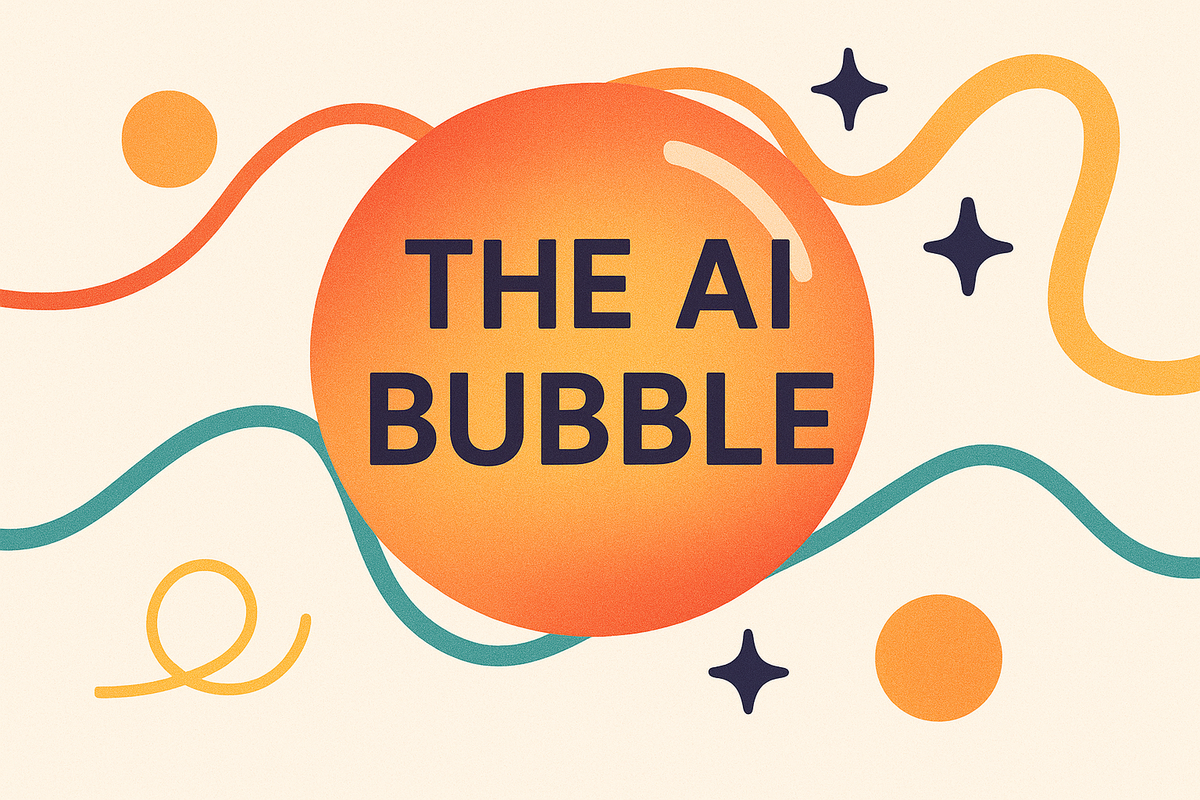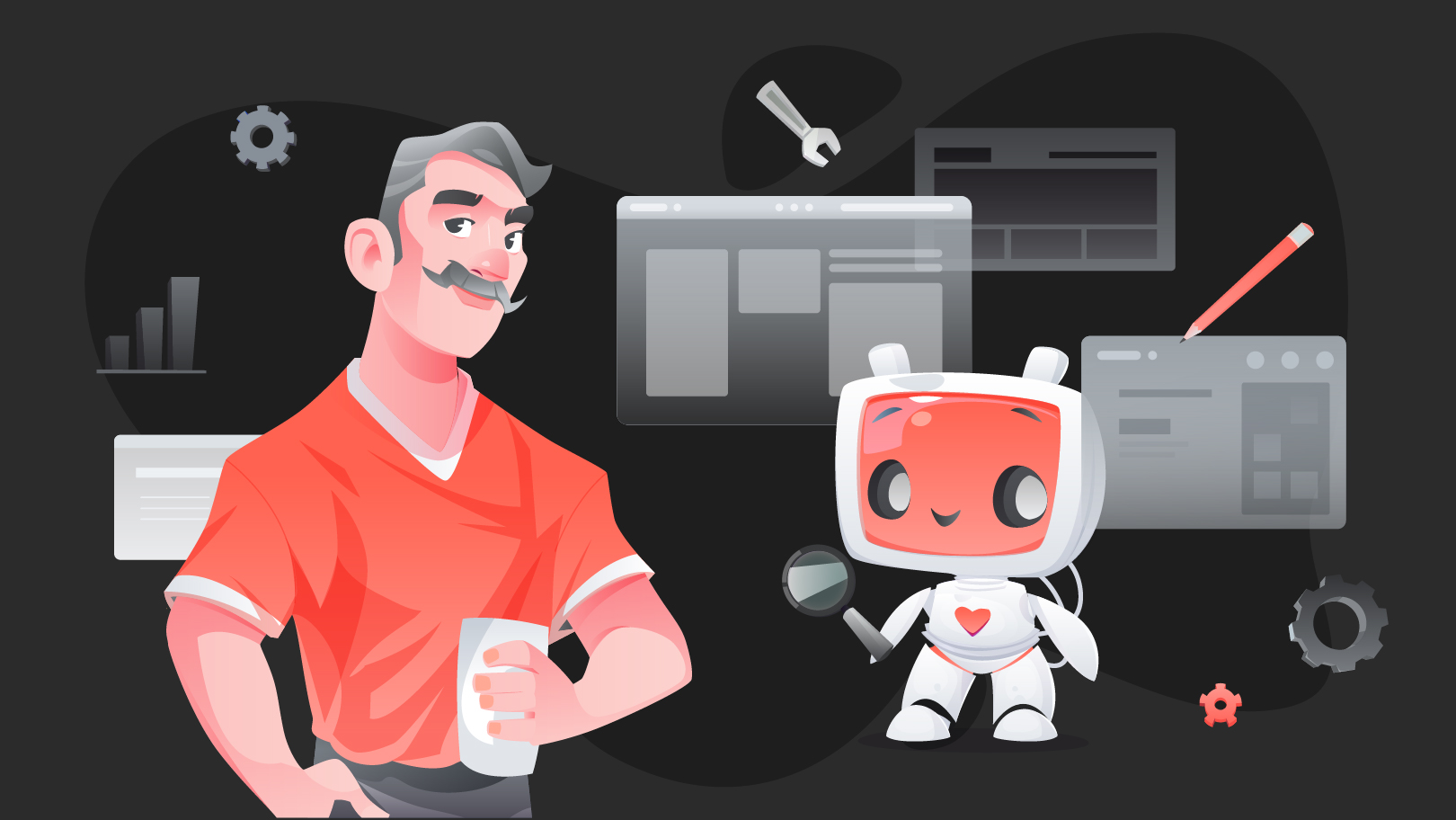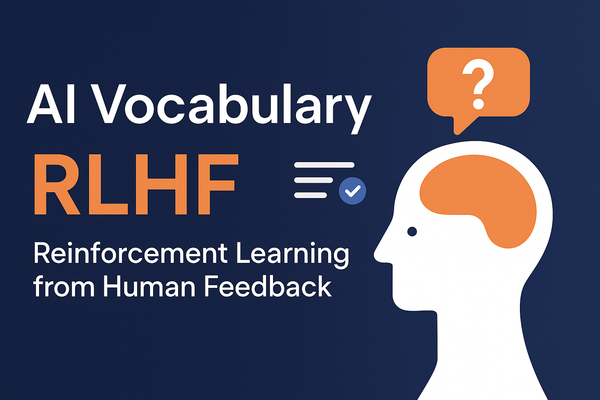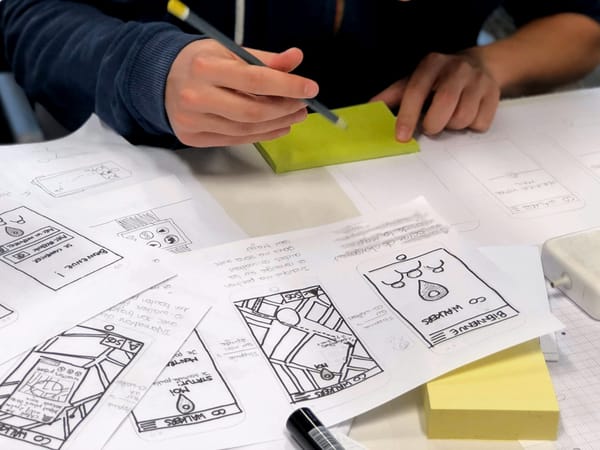The AI Bubble

Hype, Hope, and Everything Between
Everyone’s talking about AI. Some call it a revolution, others say “bubble.” The truth, as always, is somewhere in between. Floating just below the surface of our collective overhype and excitement. Yes, once again, I shamelessly play in and for both camps.
So, if you’ve scrolled through Reddit or LinkedIn lately, you’ve probably seen posts from both camps. One post calls the boom overblown:
“Most AI startups have no path to profit — just cool demos and big valuations.”
Another argues this is the new electricity, the new internet, the next everything.
One can only help but wonder, what’s really going on?
Why does everyone feel it’s a bubble?
Well, some of us have seen this before, and the signs are familiar. Companies with “AI” in their name suddenly raise millions. Job titles change overnight. Slideshows and pitch decks get flooded with neural-network clip art. Artists are furious.
It’s not the first time we’ve seen this story: dot-coms, crypto, and VR. Every "new" technology hits that phase where enthusiasm outpaces reality. AI’s current moment feels like that: impressive, chaotic, and occasionally inflated.
There’s data to back it up. Nvidia’s valuation climbed to historic highs, venture funding poured into AI tools that haven’t found real users yet, and CEOs (even Sam Altman) have quietly admitted we might be in a hype cycle.

But a “bubble” doesn’t mean nothing of value is being built: it means too many people are building too fast, often chasing the same thing.
What if it's not a bubble at all?
Here’s the other side: beneath the noise, real shifts are happening.
Tools like Midjourney, Claude, and Notebooklm are reshaping creative and analytical work. Designers are exploring new workflows, everything from AI-assisted brainstorming to adaptive interfaces. Entire industries are quietly integrating machine learning into logistics, medicine, accessibility, and climate modeling.
Even Jeff Bezos, who recently called AI "probably in a bubble,” followed it with:
“That doesn’t mean it won’t change everything.”
In other words, hype and progress can coexist. Bubbles don’t erase breakthroughs; even if they somewhat distort the timeline.
What, if any, can designers learn?
For us working in design and digital spaces, this moment feels familiar. We’ve seen what happens when shiny tools promise to “replace” good design thinking. Remember when every interface suddenly had gradients, or the “dark mode for everything” movement? (which I admittedly is still a part of).
AI’s wave is like that, only bigger by the ability to be adopted in various fields and by everyday users. So, what can we do with it? It turns out a lot, here are three interesting takeaways from my reading:
(1) Look beyond the demo. A smooth AI interaction in a product video might hide rough edges: slow responses, confusing hand-offs, and privacy issues. Great UX comes from testing with real humans, not just showing polished prototypes.

(2) Design for transparency. If your app uses AI, show it. People don’t need magic; they need confidence. Clear communication about what’s generated, what’s guessed, and what’s human-curated builds trust. Like here, where Grammarly is used to correct my hasty English.

(3) Prioritize context over cleverness. The best AI experiences solve real pain points, not hypothetical ones. Ask: does this feature save time, reduce friction, or make something easier?

I think the “bubble,” if we all collectively agree to call it that, can serve as a good reminder that technology should still serve people. Not the other way around.








